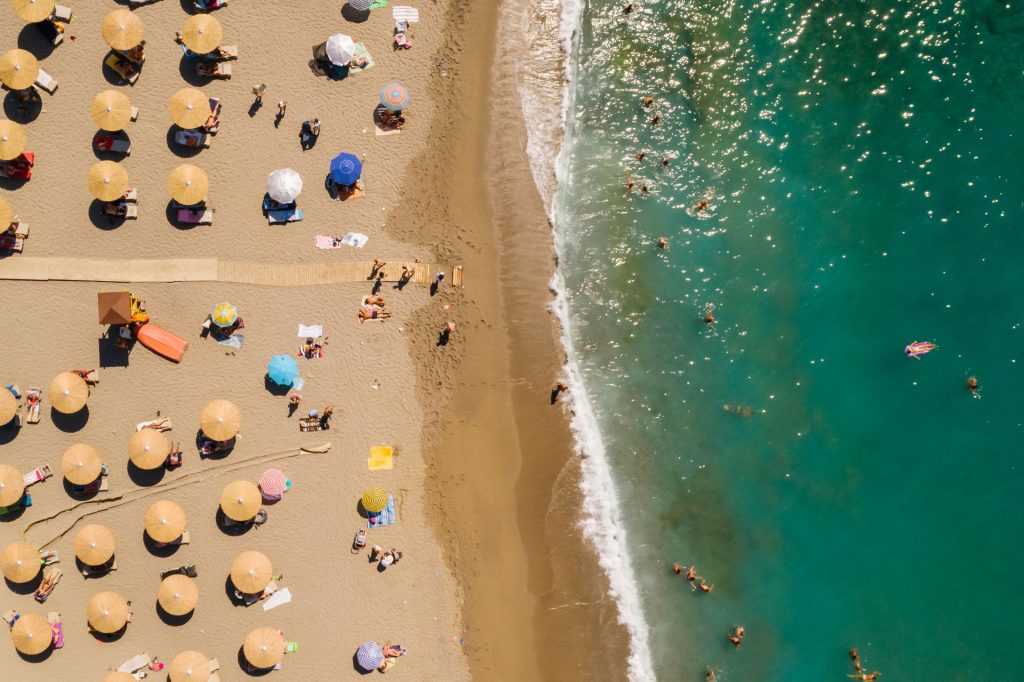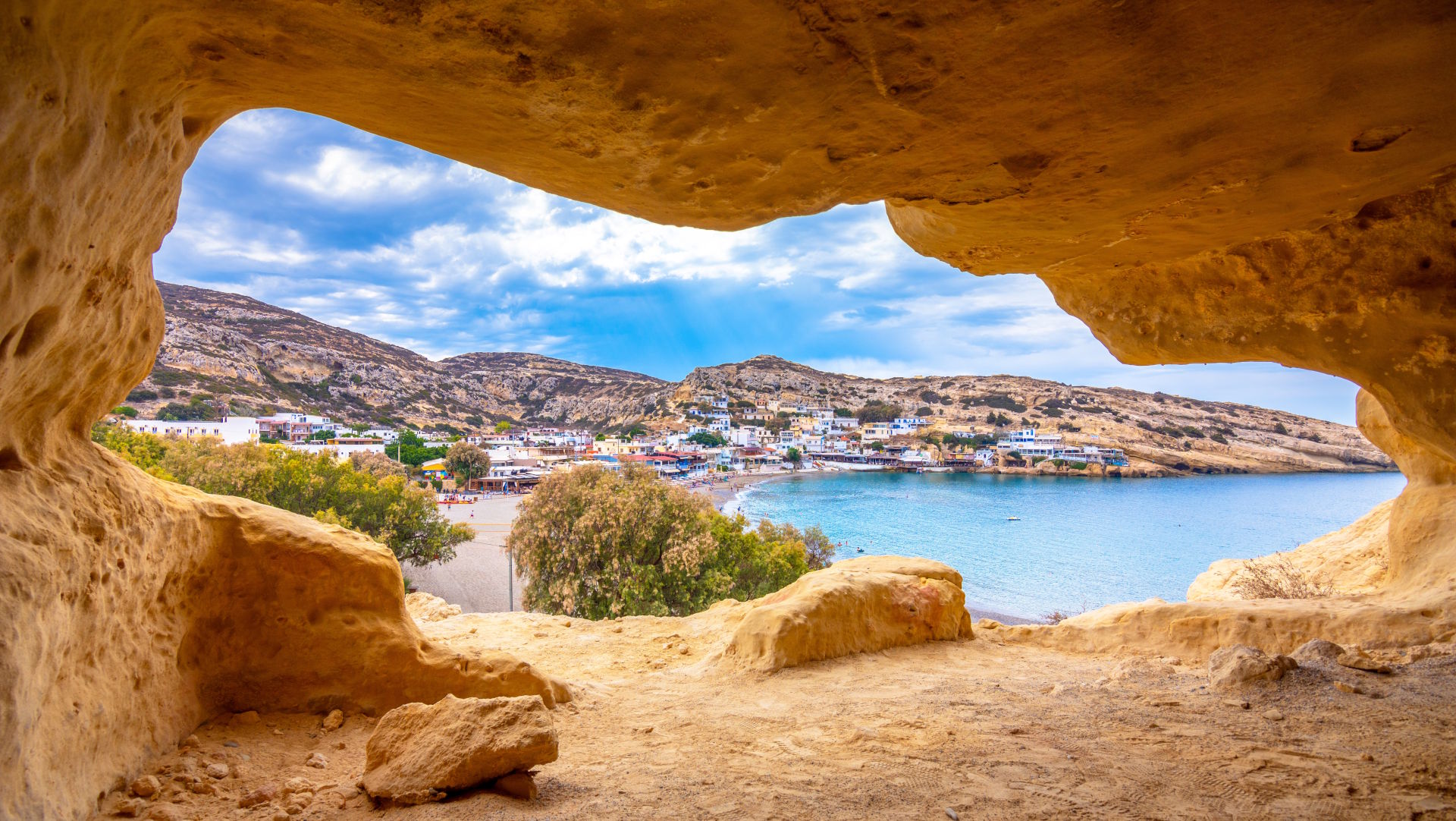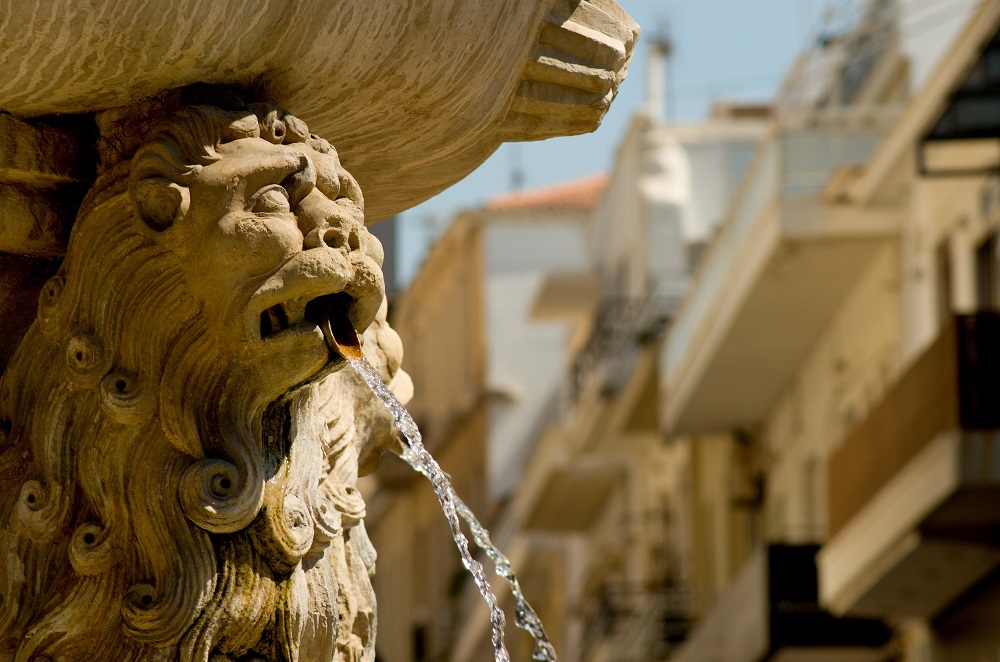The Palace of Knossos

The heart of the Minoan civilization and the capital of Minoan Crete, located just 5 km south of Heraklion. Knossos thrived for nearly two thousand years, showcasing grand palace buildings, extensive workshop areas, and luxurious rock-cut caves and tholos tombs. As a major hub of trade and economy, Knossos maintained strong connections with cities throughout the Eastern Mediterranean. The peak of its prosperity, around 2000 BC, was marked by impressive monumental structures and a sophisticated urban lifestyle.
The Minoan Palace is the most significant landmark of Knossos, an ancient city continuously inhabited from the Neolithic era until the 5th century AD. Built on Kephala Hill, the palace had strategic access to both the sea and the Cretan hinterland. According to legend, it was the residence of the wise King Minos. The Palace of Knossos is steeped in fascinating mythology, including the tale of the Labyrinth with the fearsome Minotaur, and the story of Daedalus and Icarus.
Koules Fortress
Situated at the entrance of the old port of Heraklion, the Koules Fortress, also known as Castello a Mare, is a remarkable historical structure with origins dating back to the 9th century. While the Venetians built the current fortress in the early 16th century, the site was originally fortified by the Arabs in the 9th century. During the Byzantine period, a tower called Castellum Comunis stood on the same location, which was later destroyed by an earthquake in 1303 and subsequently repaired.
In 1462, the Venetian Senate approved an extensive project to strengthen the fortifications of the city of Candia (the Venetian name for Heraklion). The original Byzantine tower was demolished in 1523, and the construction of Castello a Mare began. A unique method was employed during the fortress’s construction: old ships filled with stones were sunk to form a breakwater, thus enlarging the platform on which the fortress was built. The fortress was eventually completed in 1540.
Today, the Koules Fortress stands in excellent condition, offering visitors a glimpse into the military architecture and historical significance of the Venetian era. The fortress remains one of the most iconic landmarks of Heraklion, showcasing both Venetian military prowess and a rich cultural heritage.

Amoudara beach

Located just 6 km west of Heraklion, Amoudara Beach is a popular and vibrant destination, known for its long stretch of golden sand and crystal-clear waters. The beach is well-organized with plenty of facilities, including sunbeds, umbrellas, cafes, and restaurants, making it ideal for both relaxation and recreation. The surrounding village, also called Amoudara, offers a charming mix of local tavernas, shops, and accommodations, creating a welcoming atmosphere for both tourists and locals.
Whether you’re looking to enjoy a peaceful day by the sea, engage in water sports, or explore the local culture, Amoudara Beach is a great spot for a memorable coastal experience.
















